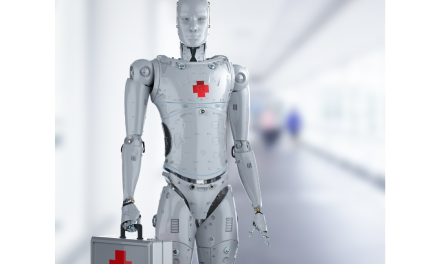Bioengineering, and more specifically, tissue engineering, gives a new perspective to personalized medicine.
The use of cells and therapies has become a strong practice to get the body to heal itself, as it already happens with blood transfusions, bone marrow transplants, and autologous chondrocyte implantation to re-grow cartilage.
These procedures have prepared the road for over 2000 clinical trials linked to cell therapies, like stem cells for ischemic heart regions, neural precursor cells for Parkinson’s disease, and oligodendrocytes resulting from embryonic stem cells to heal spinal cord injuries.
The key to success is to detect the best mechanism to transfer these cells. For example, cell-based therapy is employed to treat osteoarthritis of the knee, where the damage to cartilage and the subchondral bone produces less fibro cartilage repair than the mechanical properties of articular cartilage. The majority of patients develop an acute degenerative joint disease, and over 250,000 knee replacements are done in a year. In this case, injecting a suspension of autologous cultured chondrocytes into the problem area won’t work effectively because the cells have the tendency of forming fibro cartilage and of losing their round shape. The best way to treat osteoarthritis of the knee is to embed the chondrocytes in the cartilaginous matrix that wears away just as the cartilage does.
If the chondrocytes are enveloped in gels, this permits the cells to maintain their rounded shape, and the properties of the gels can be controlled to let the tissue regenerate. The mesh has to be small enough to hold up the cells, and open enough to get water and nutrients. Equally, the gel structure has to disintegrate at the right rate so that the extracellular matrix that is secreted is not limited only to the area that surrounds each chondrocyte.
The cartilage tissue that is engineered can replicate the structural characteristics of native cartilage to such an extent that the cell orientation and the regenerated cartilage look like native cartilage. The cells that are enveloped in this kind of matrix can migrate to and from the cartilage at the surface.
A vital matter brought up by cell-based therapy is how to make the most of the utility of cells delivered to an environment that is passive or tolerant, where there is context for the kind of cell required but in which very few biological signals are produced to support normal cell function.
In the end, bioengineers picture a material system in which the embedded cells emit a signal so that deeper cells form bone white cells close to the surface form cartilage.
Regenerative medicine anticipates several things:
-A rising impact of cell-based therapies in clinical medicine
-Methods that make it easy to regenerate skin, bone, cartilage, bladder, and trachea from bone marrow stem cells, and also the regeneration of blood vessels and heart valves
-The restoration of function in complex tissues like the spinal cord
-Going after the goal of regenerating more complex tissues and neo-organs
-Tackling big challenges, like the identification of cell sources and clinically relevant cell numbers, the integration of new cells into existing tissue matrices, and the accomplishment of functional properties of tissue equivalents using expanded range of biomaterials
Contact your life sciences consulting group for more information and guidance on how to make the most of the regenerative medicine market.
If you liked this article, tell all your friends about it. They’ll thank you for it. If you have a blog or website, you can link to it or even post it to your own site (don’t forget to mention www.smartpharmaconsulting.com as the original source).




